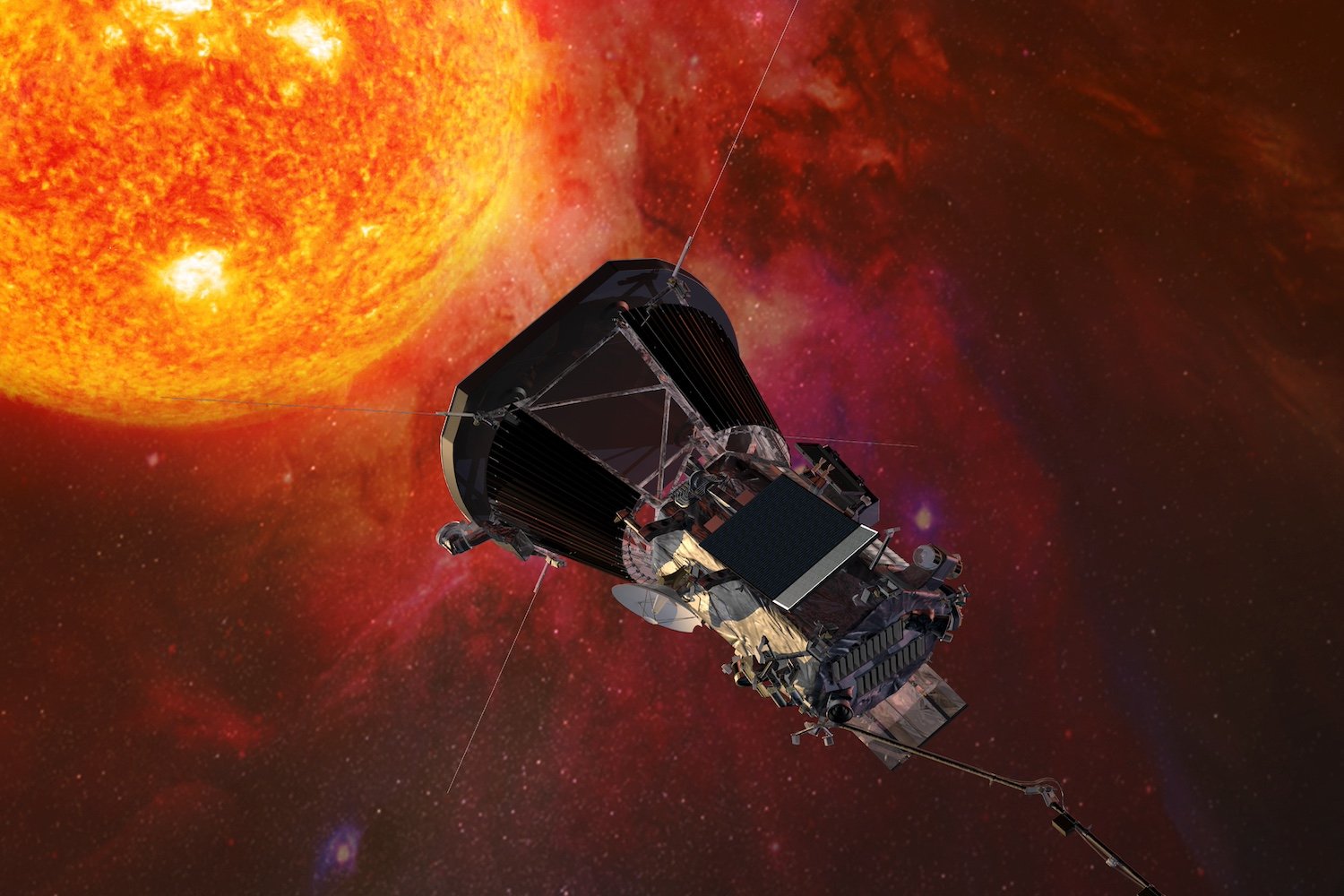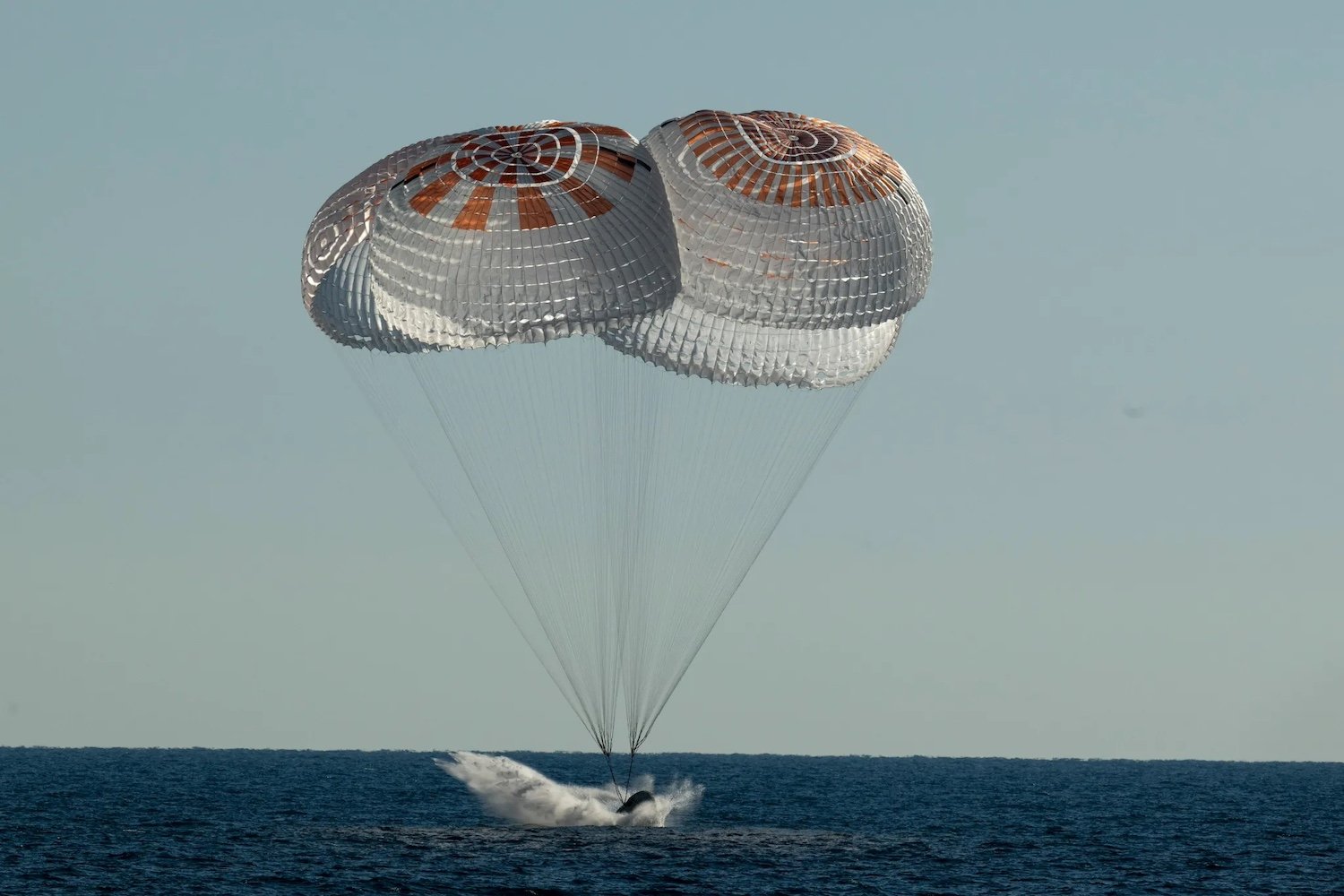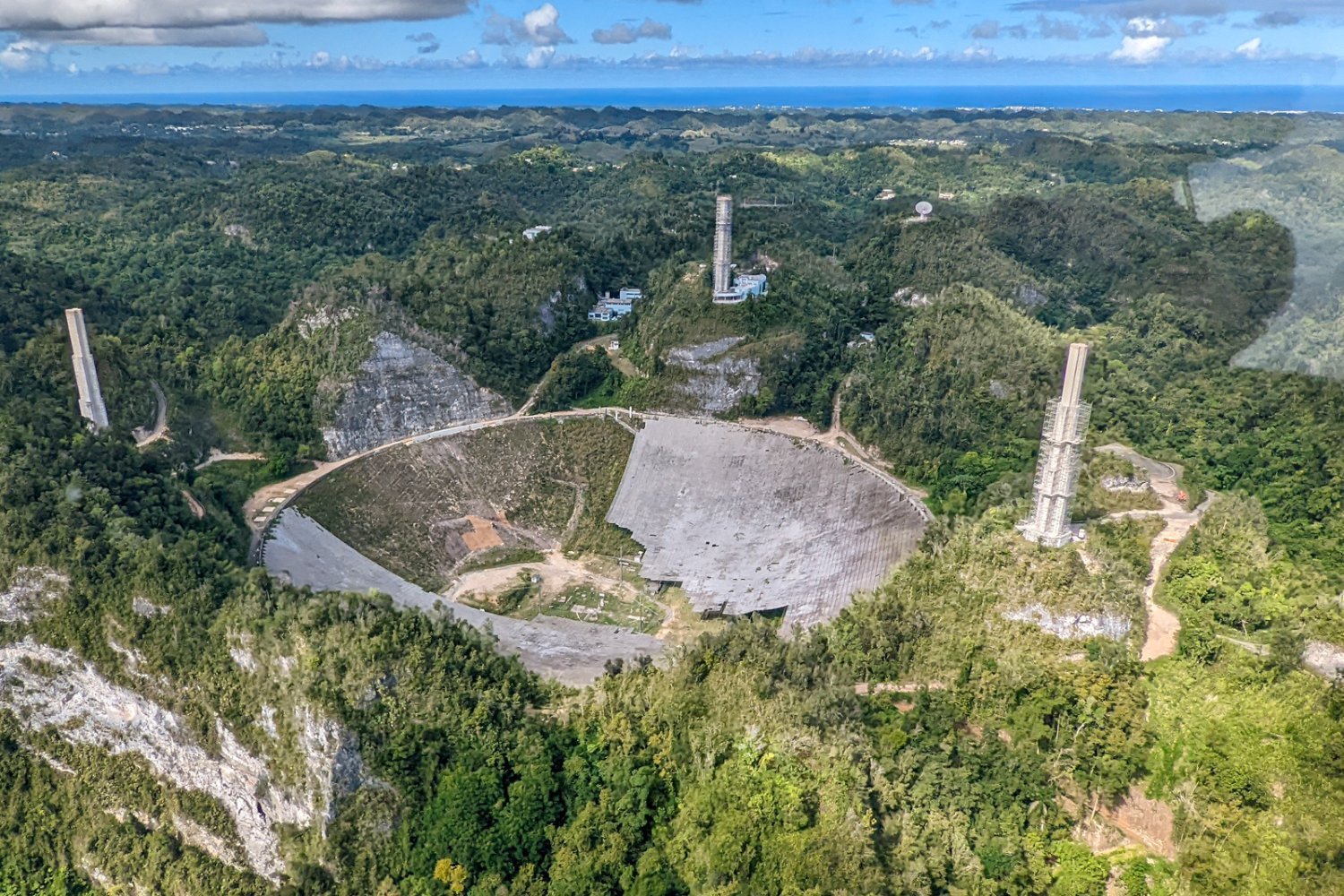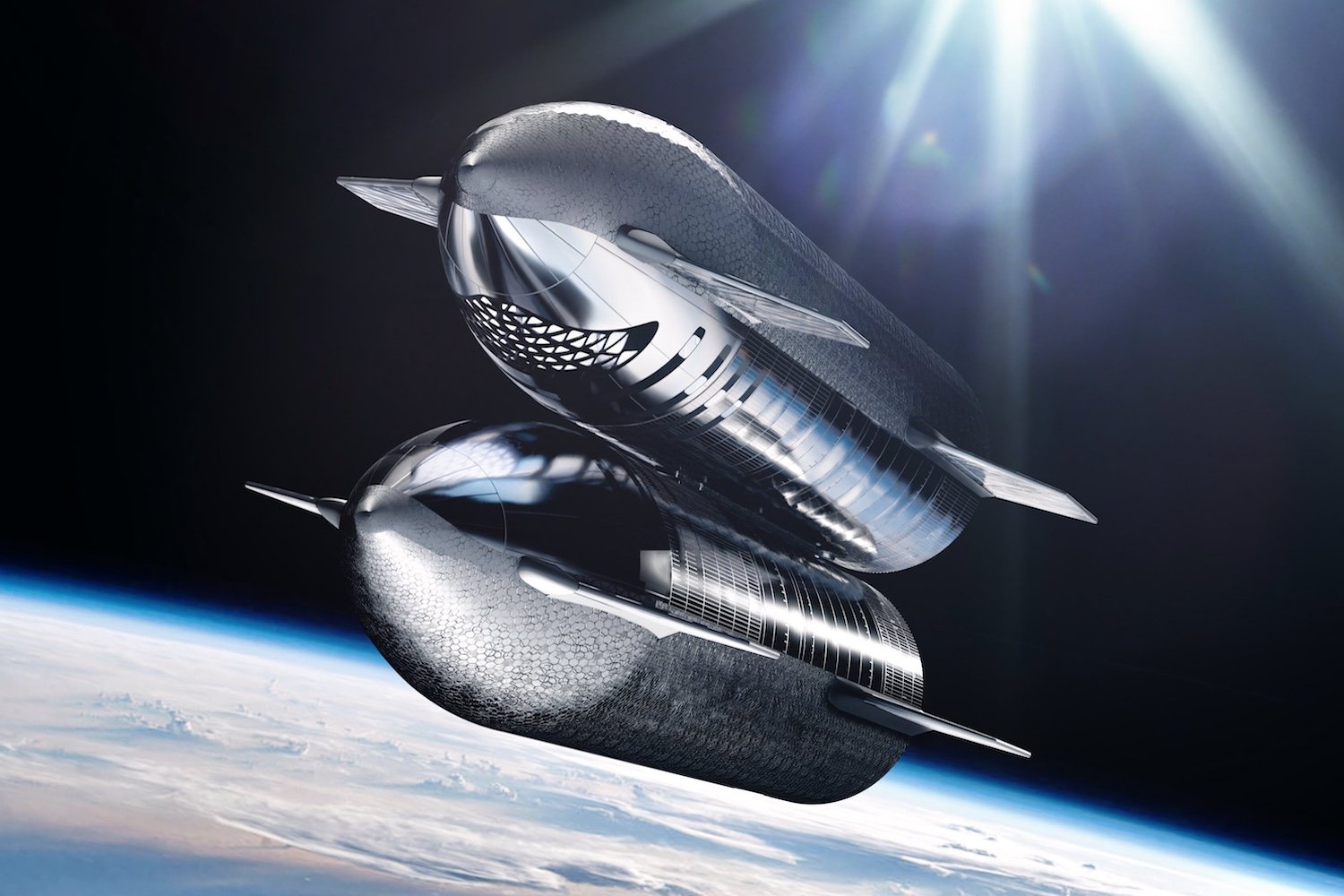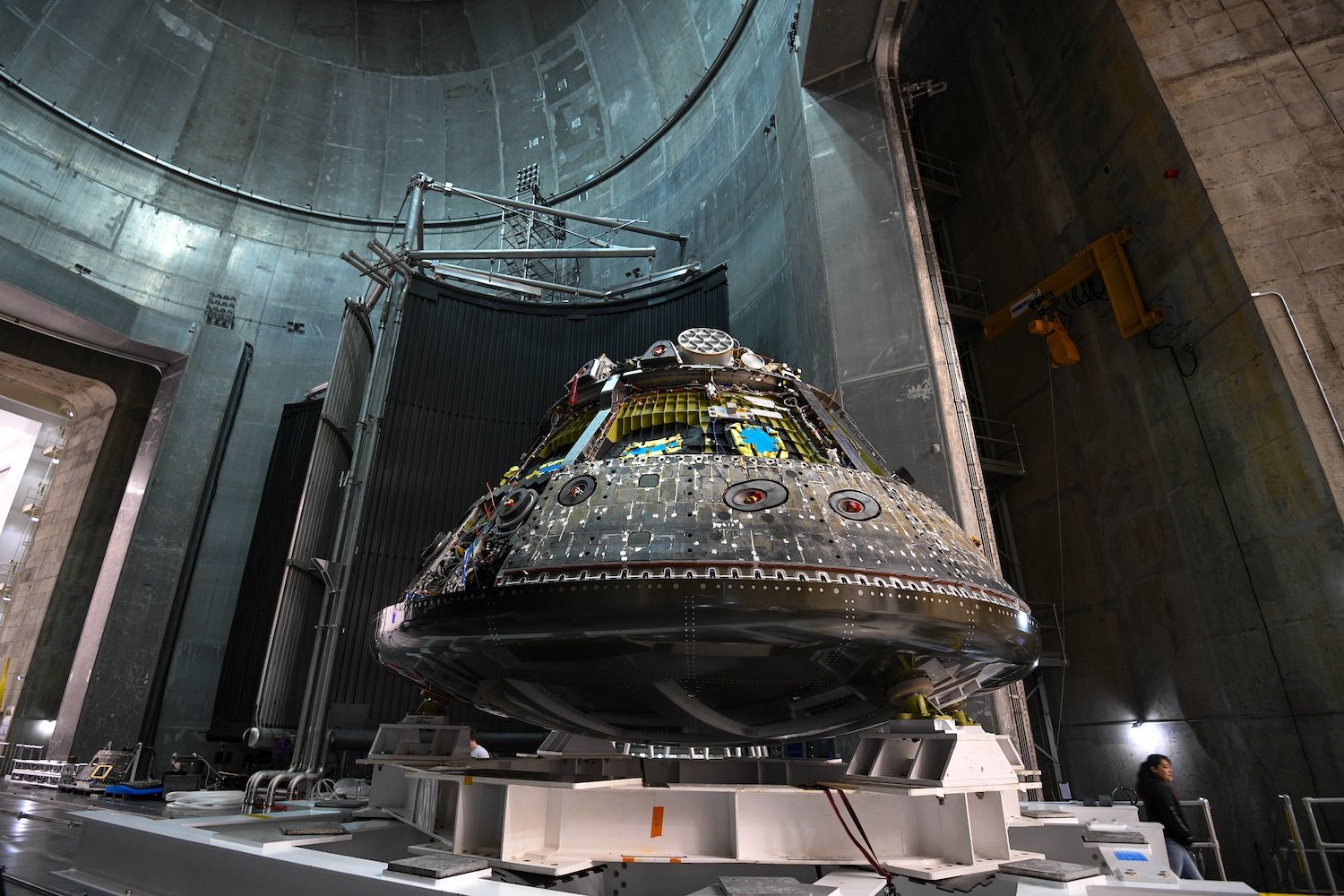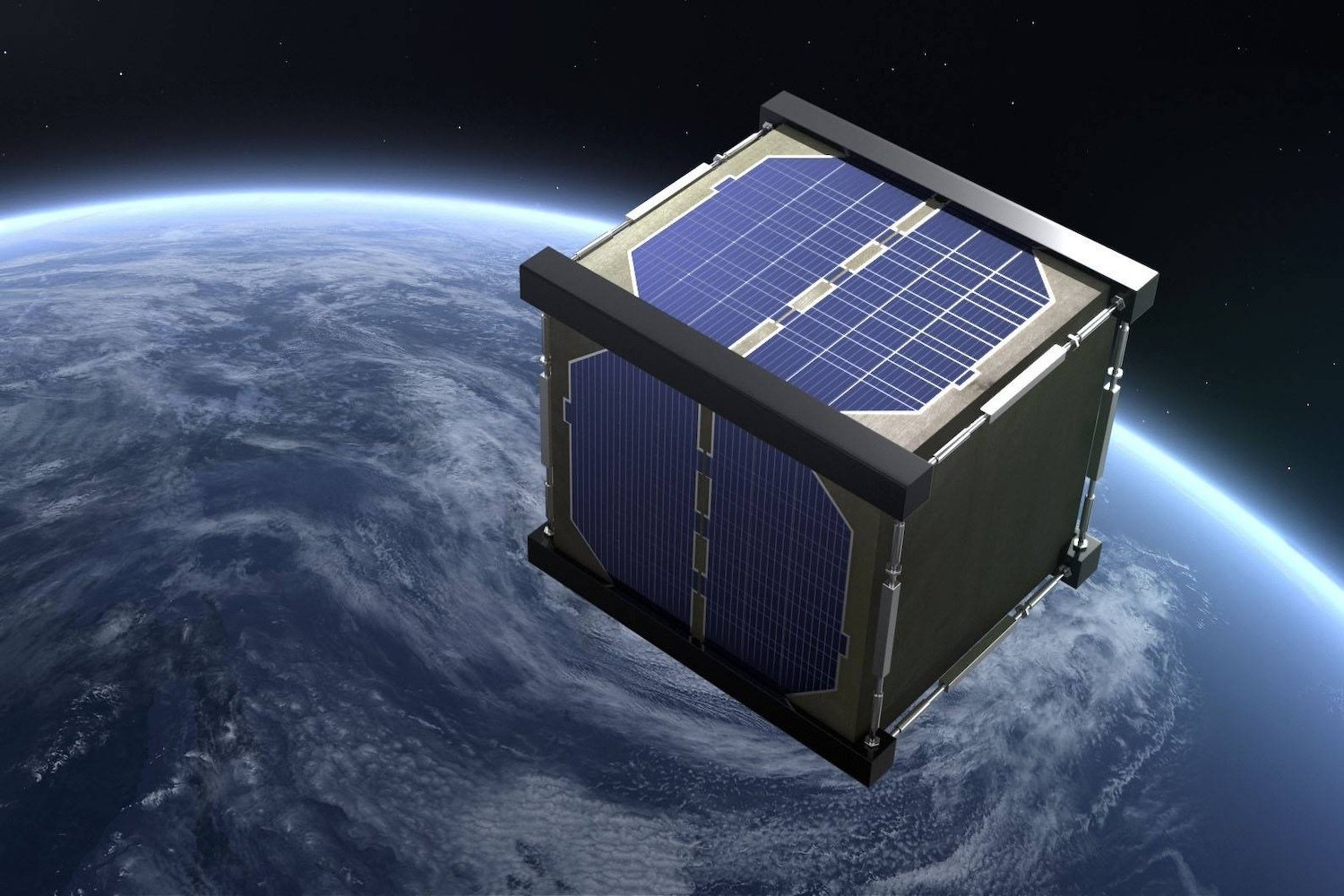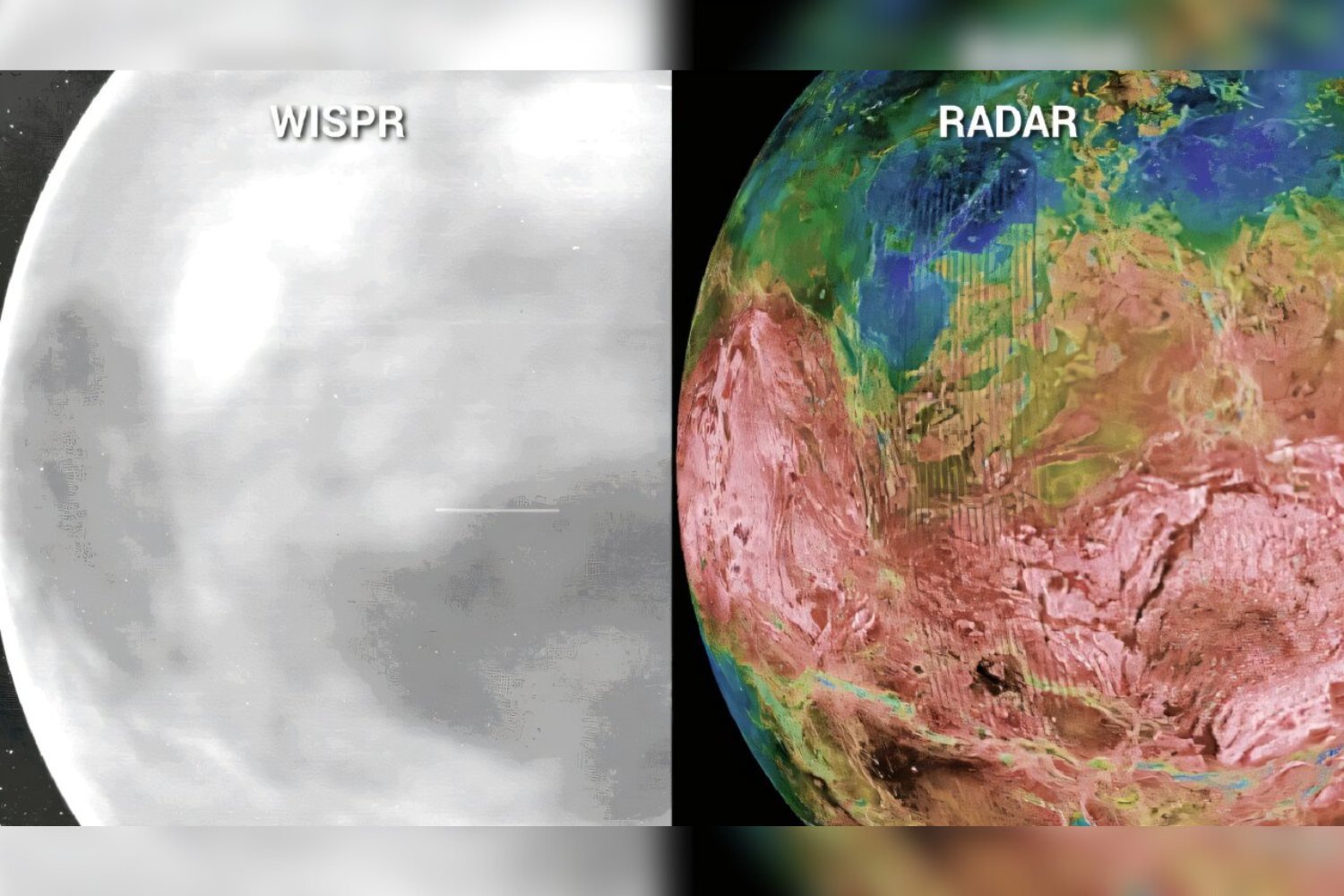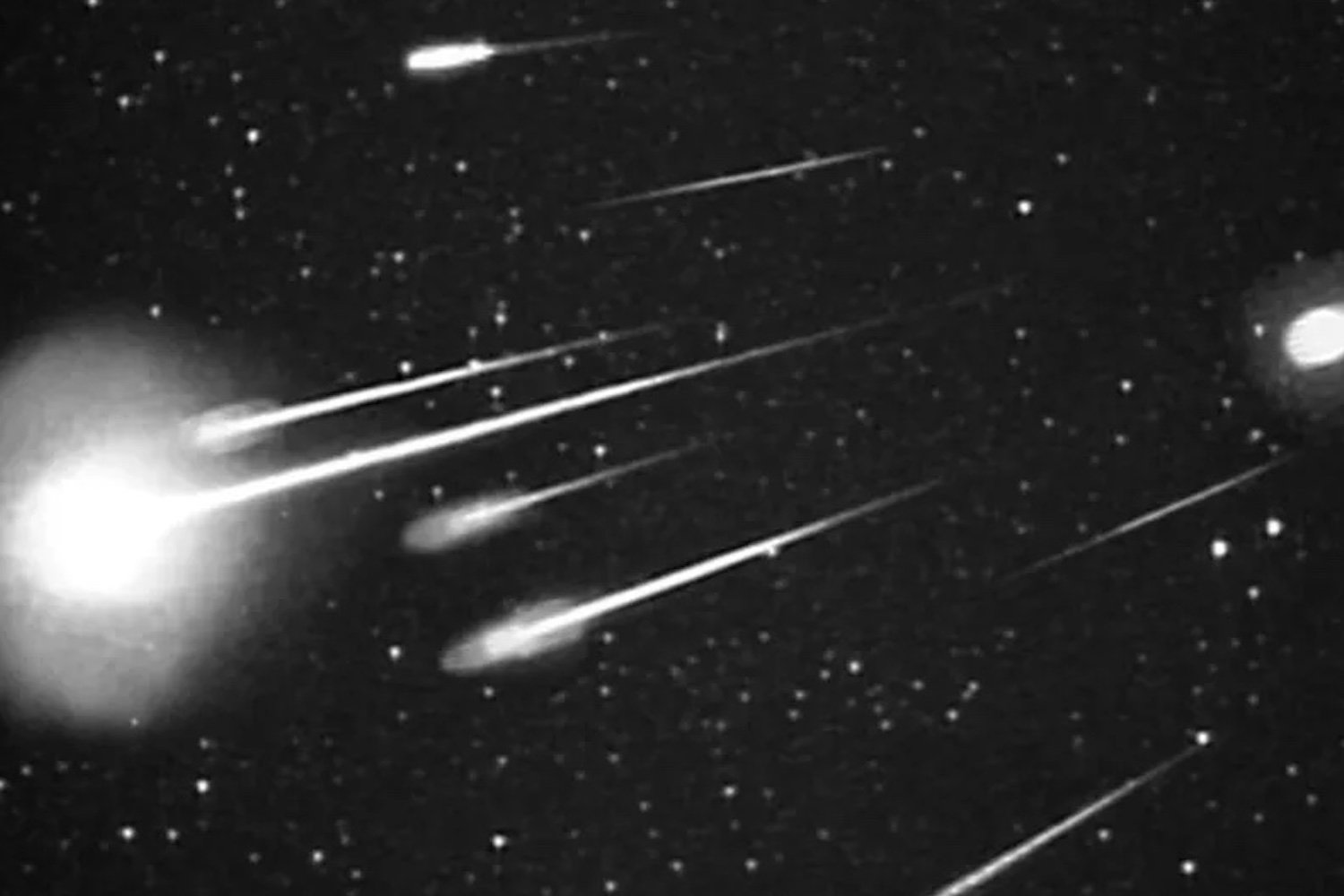NASA’s Parker Solar Probe is scheduled for a daring Christmas rendezvous with the Sun, venturing closer than any spacecraft before. This week, the probe will endure scorching temperatures of up to 1,800 degrees Fahrenheit (982.2 degrees Celsius) as it reaches its closest proximity to our star.
Launched in August 2018, the Parker Solar Probe’s mission is to “touch the Sun,” gradually spiraling closer with each orbit. On December 24, it will achieve a historic milestone, coming within a mere 3.8 million miles (6.1 million kilometers) of the Sun’s surface. This unprecedented proximity offers a unique opportunity to revolutionize our understanding of the Sun, providing invaluable data on the origin and evolution of solar wind, despite the intense radiation.
This remarkable feat has been years in the making. In 2021, Parker Solar Probe made history by becoming the first spacecraft to fly through the Sun’s corona, its upper atmosphere. During this flyby, it braved a coronal mass ejection (CME), a powerful burst of high-energy radiation. The probe repeated this maneuver in September 2022, gathering crucial data on the interaction between solar plasma and interplanetary dust.
As of September 2022, the probe has completed 21 close approaches to the Sun, coming within approximately 4.51 million miles (7.26 million km) of its surface. A crucial Venus flyby in November, the seventh and final of the mission, leveraged the planet’s gravity to propel the probe into an even tighter orbit, setting the stage for this record-breaking close approach.
Already the fastest human-made object, Parker Solar Probe will reach a staggering speed of 430,000 miles per hour during its closest approach, according to NASA. This incredible velocity is essential to overcome the Sun’s immense gravitational pull, equivalent to traveling from Washington, D.C., to Philadelphia in a single second.
Surviving the extreme heat is another critical challenge. The probe’s 8-foot (2.4-meter) diameter, 4.5-inch (115 mm) thick heat shield, composed of carbon composite foam sandwiched between carbon plates and coated with reflective white ceramic paint, will protect the spacecraft, keeping its internal temperature at a comfortable 85 degrees Fahrenheit (29.4 degrees Celsius) while the shield reaches temperatures of up to 1,800 degrees Fahrenheit (982.2 degrees Celsius).
During this close approach, the probe will trace energy flow across the Sun’s surface, study the coronal heating mechanisms, and investigate the forces driving the solar wind, as stated by NASA. Scientists hope this data will unlock some of the Sun’s most enduring mysteries, including why the corona is significantly hotter than the solar surface – a difference of about 200 times. Other key questions Parker Solar Probe aims to address include the primary driver of solar wind and the origin of high-energy solar particles. This data will also enhance our ability to predict space weather, which can produce stunning auroras but also disrupt Earth’s electrical infrastructure.
This Christmas Eve flyby is the first of three planned at this record-breaking distance, maximizing the spacecraft’s unique capabilities.
The Christmas Eve encounter marks a pivotal moment in our exploration of the Sun, promising groundbreaking insights into the dynamics of our nearest star and its profound influence on our solar system.



